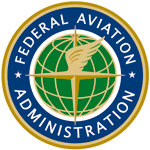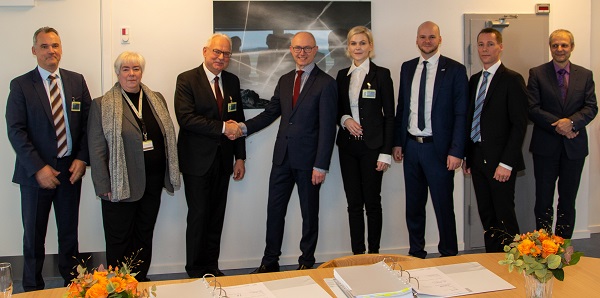New era of U.S. commercial space transportation begins
The United States is leading the way to a new era of commercial space transportation with a final rule that streamlines the licensing process for private sector launch and reentry operations.
“Innovation in commercial space transportation is increasing dramatically, and policy needs to keep up. This rule will help us to prepare for future U.S. leadership in commercial space transportation by facilitating the continued economic growth and innovation of the American aerospace industry and ensuring the highest level of public safety,” said U.S. Transportation Secretary Pete Buttigieg.
The new rule took effect on March 21 and arose from a directive of the National Space Council to encourage American leadership in space commerce. The rule aims to support greater innovation, flexibility and efficiency in commercial space operations. It also seeks to keep pace with the dramatic increase in the $400 billion global space industry that is expected to generate revenues of $1.1 trillion or more by 2040.
The rule streamlines and modernizes the Federal Aviation Administration (FAA) commercial space launch and reentry licensing regulations by eliminating obsolete requirements, replacing most prescriptive requirements with performance-based criteria and reducing duplicative regulations.
It also establishes a single set of licensing and safety regulations for several types of commercial space operations and vehicles. For example, one license could support multiple launches and reentries at multiple locations—a game-changing innovation that will make this process more efficient.
“With the streamlined rule we can make sure launch vehicles aren’t tethered to the launch pad with red tape and at the same time protect public safety during commercial space operations,” said FAA Administrator Steve Dickson.
The number of FAA-licensed commercial space launches has dramatically accelerated from only one in 2011 to a record 39 in 2020—a 3800% increase in just ten years. For 2021, the FAA is forecasting 50 or more FAA-licensed launch and reentry operations.
The new rule will better fit today’s constantly evolving aerospace industry whose technological advancements are lowering the cost of launch operations and opening new markets for satellites, space tourism and potentially suborbital point-to-point regional and intercontinental travel.
Background
In addition to the rule, to meet the increasing demand for commercial space transportation services, the FAA is working with current active license holders to authorize planned operations or modify current licenses. The agency is also talking with a number of new entrants interested in applying for licenses. As of now, 11 companies hold 23 FAA-issued launch or reentry licenses.
State and local governments are also looking to establish launch and reentry sites to provide additional operational capacity and serve as economic hubs. In the U.S., there are presently 12 FAA-licensed spaceports, in addition to Federal government and private launch sites.
Additionally, the FAA reorganized its Office of Commercial Space to meet the burgeoning private sector licensing demand and established the Office of Spaceports. The agency is also continuing to test and deploy new technologies to further enable the safe and efficient integration of commercial space operations with other types of air traffic in the National Airspace System.
An FAA license is required to conduct any commercial launch or reentry, the operation of any launch or reentry site by U.S. citizens anywhere in the world, or by any individual or entity within the United States.
Since 1989, the FAA has licensed or permitted more than 450 commercial space launches and reentries. During that time there have been no fatalities, serious injuries or significant property damage to members of the public.
View a video of FAA Administrator Dickson discussing the new rule.

